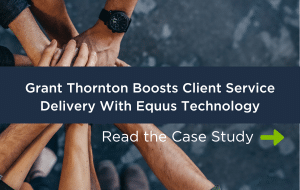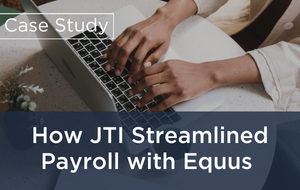In this edition of our special series on Global Mobility in 2020, we get insights from P&G. We sit down with Erin O’Grady, Associate Director at P&G to discuss the key challenges and trends in the Global Mobility industry.
Tell us a little bit about the program you are managing and how long you have been involved in the Global Mobility area.
ERIN: I’ve been involved with Expatriate tax policy and service since 2011, and became leader of P&G’s new end to end Mobility service in June 2017. The P&G Global Mobility program has been in place for around 35 years and was designed to facilitate relocation of a typically US manager to a developing market when international relocation was a fairly rare occurrence in the consumer products business. With the evolution of the global workplace and the growth of our international business, our program has grown to over 2,500 expatriates in 71 countries. We are now heavily involved in the Company’s effort to enhance the expatriate program to ensure it meets the ever-evolving business and talent needs.
Considering the size and complexity of the program you are leading, what issues are you most often requested to address by your stakeholders?
ERIN: International Relocation is an inherently complex and often expensive process. The two key themes that permeate from the business are simplification for the employee and understanding of the value of the program to the Company.
Why do you think these issues are such a challenge for Global Mobility and what are you doing to address them?
ERIN: Simplification is a challenge because every relocation involves the intersection of the local regulatory environment of at least two geographies and the employee’s unique personal and professional circumstances. We have studied the evolving and increasingly segmented employee needs and are in the process of making our policies more flexible with the aim of matching the employee’s needs with the needs of our business. We want to ensure that we deliver the right balance between Return on Investment and an improved employee experience. Importantly, we also want to ensure that any changes we make in program design do not increase the overall program cost.
Do you feel that Global Mobility has a seat at the table when considering the overall HR and Talent strategy for your organization?
ERIN: Historically the answer was no. However, today’s global environment has changed; and the Company is revisiting how it thinks about Global Mobility. A strong partnership between HR (Talent Strategy, Comp & Ben policies, Business HR) is developing.
What types of metrics do you use to track the success of your Global Mobility initiatives?
ERIN: User Satisfaction scores, exception requests and cost trends are among the important metrics we discuss with management.
Looking forward to 2020, describe for us what your Global Mobility looks like.
ERIN: Our program will continue to evolve to a fully integrated end to end service that enables management to place the right talent to the right roles at a competitive cost.
Tell us a little more about you and your background in Global Mobility.
ERIN: I have spent twenty-five years at P&G working in Corporate Tax, Line Finance, and Legal before moving to Global Business Services in 2015. My focus areas relevant to Mobility include International Corporate Tax, U.S. Benefits, Global Pension and Retirement Programs, Executive and Equity Compensation, as well as Global Employment Tax.













